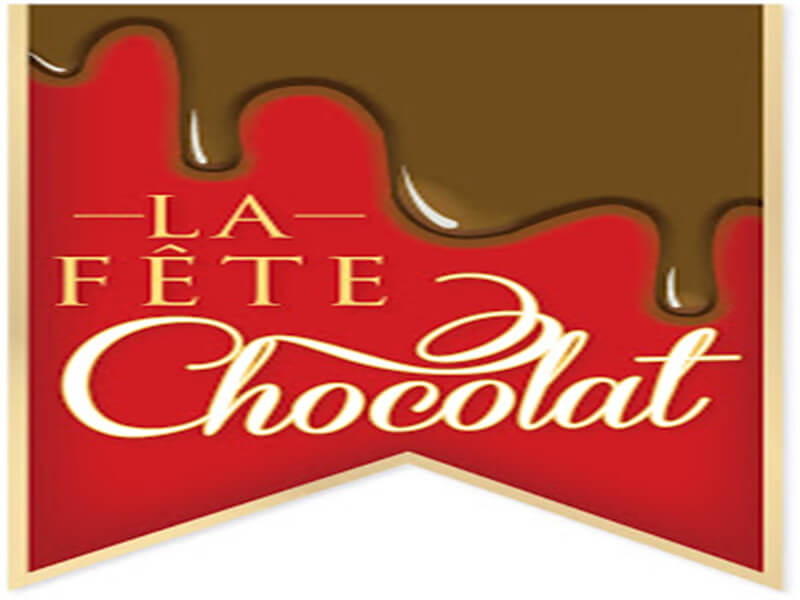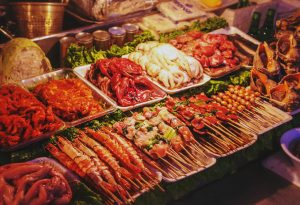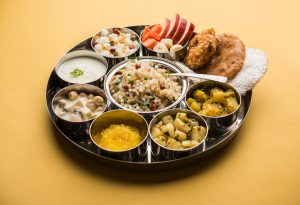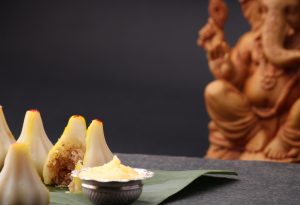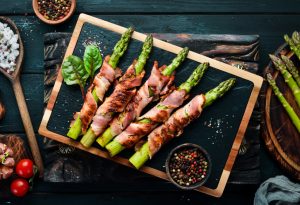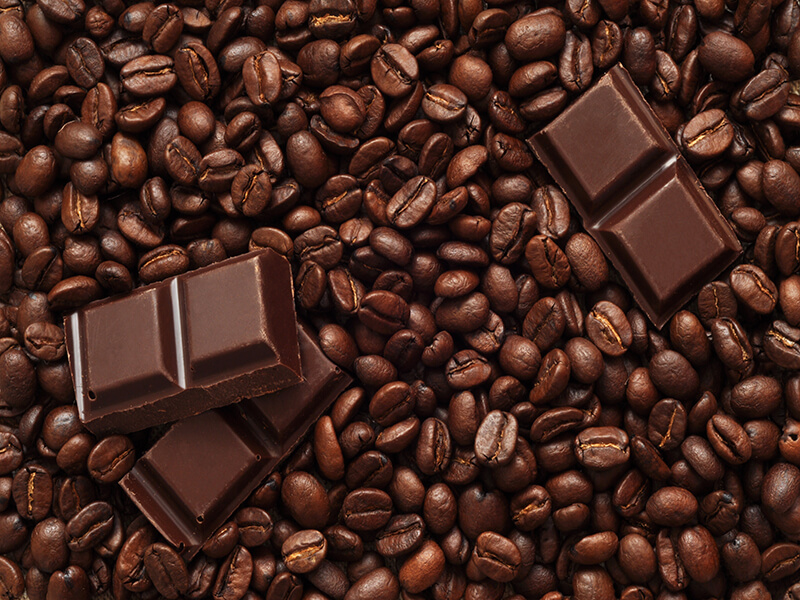
‘Chocolate’ the word rolls off the tongue as smoothly as the warm, velvety, decadent confection itself! A decadence that is inconceivable when looking upon the yellow-green pods of cocoa hanging somewhere in the Amazon! Split open these pods to find mild, subtly bittersweet, white pulp embedded with dark, purple seeds. Seeds that once dried and processed go on to become ‘cocoa beans’; the first step in producing the chocolate we know and love.

While chocolate today enjoys the world’s favour, its climb to this pinnacle has been a long one. The 3000 year old species of plant, Theobroma Cacao is native to Mesoamerica where legend records its discovery as made by the Olmec, a Mayan Indian civilization in approximately1500-400BC. Around 250 to 900AD, these ancient Mayans, brought cacao into their backyards also fine tuning a basic method of processing cacao. Chocolate’s earliest avatar was a foamy beverage made with corn, cacao and spices that were bitter – far removed from the chocolate bar as we recognize today!
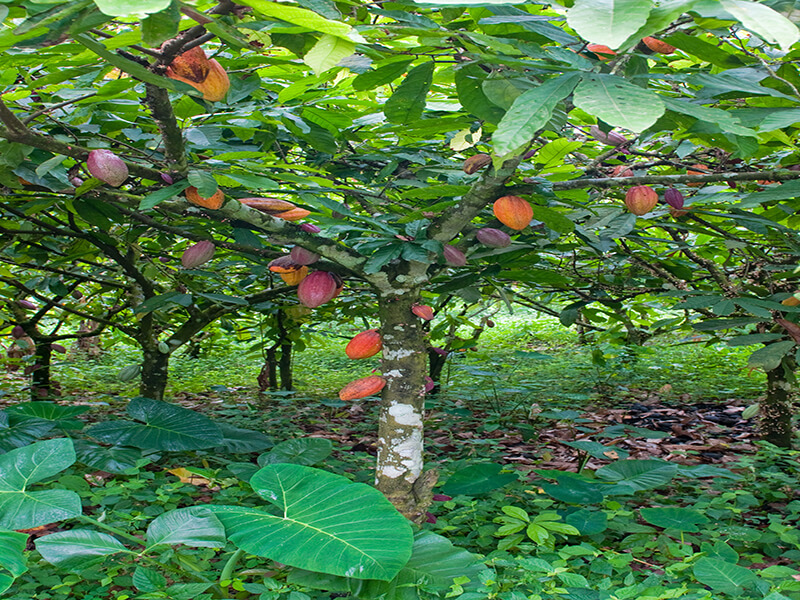
Over time these valued beans came to be used as currency and made their way into the coffers of the Aztecs of Central Mexico through trade or a ‘Tribute” paid by those conquered by the Aztecs. From the coffers cacao soon conquered the goblets of Aztec nobility. So enamored of Chocolate was Aztec emperor Montezuma II, that supposedly consumed up to 50 golden goblet-fuls of “xocolatl” – a version of the beverage flavored with vanilla –daily! (A rather risqué rumor amongst food historians attributes this practice for his potency with his numerous wives). In 1502 Columbus discovered America and carried intelligence on Cacao home to Spain. Herman Cortez followed in 1519 with an eye to plundering and amongst the treasures he carried back were cocoa beans. A few years later the Aztec empire succumbed to the Spaniards who took over the “tribute” system along with and monopoly of the supply of cacao. They added sweetness to Cocoa and then carried it to the world!
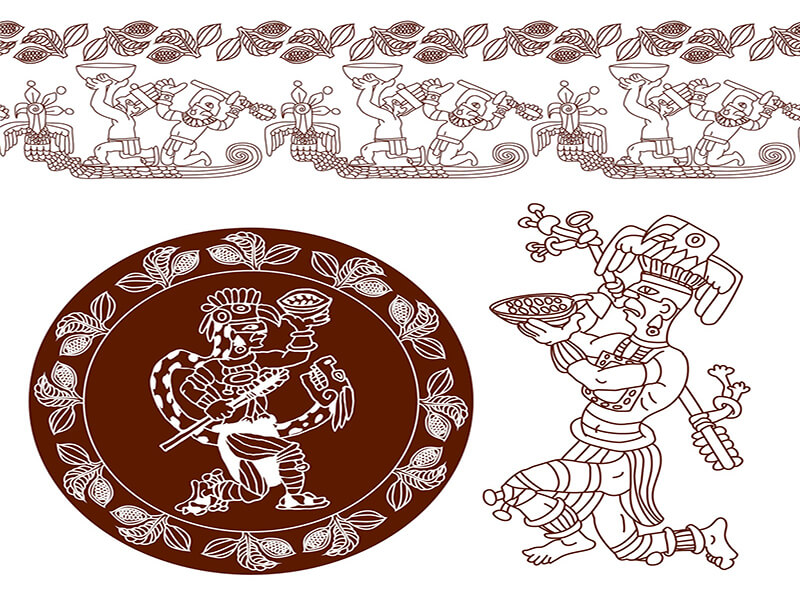
The chocolate bar as we know it today is the end product of much skillful labour beginning in the forests where workers harvest the cocoa pods. Each pod contains beans, the seeds of the fruit that are shaped like a flat almond, surrounded by a sweet pulp. There are roughly 30-50 beans in a typical pod. The beans are removed and piled on top of large banana leaves. Here they will be allowed to ferment; to stop the bean from germinating, and to begin flavor development. After fermentation, the beans are dried, reducing its humidity, making it fit for transport and storage. When the dried cacao beans arrive at the processing plant, they are cleaned and then roasted to darken the color and to further bring out the flavor characteristics of the cacao. Based on the temperature and duration of the roast, the beans take on different flavours. After roasting, the beans are ‘winnowed’ to remove the shells from around the bean, leaving only the roasted cocoa nib, which is the key ingredient for making chocolate. These nibs by themselves are an interesting ingredient with a crunchy texture, chocolate-y aroma, no sweetness but a bitterness that works well in savory food. Pair it with spicy sausage over a pizza, or with sharp cheese in a bowl of salad greens or scatter over freshly baked muffins.
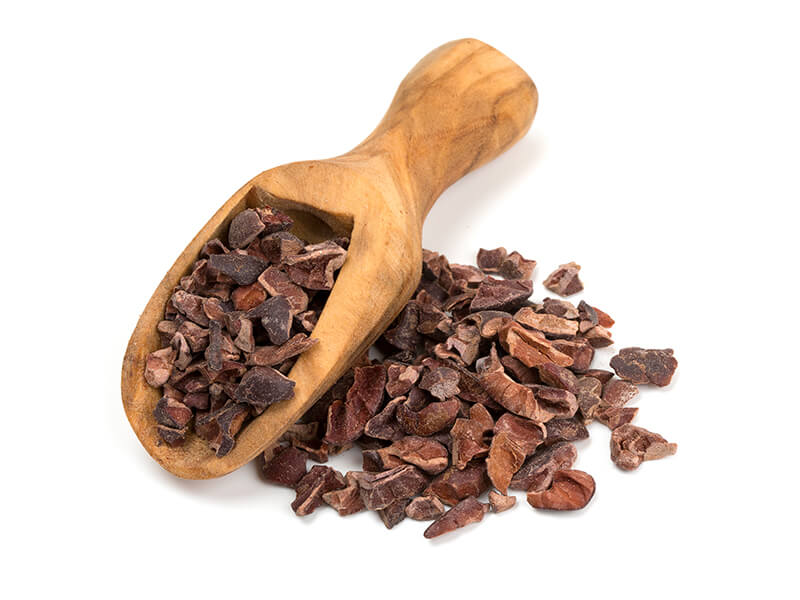
These cocoa nibs contain the cocoa mass that is used to make chocolate. So after roasting and winnowing, the cocoa nibs are ground into a paste called chocolate liquor (a.k.a cocoa mass).Chocolate liquor can either be used directly in the production of chocolate bars or further processed to separate the fat, known as cocoa butter. The dry product left behind is known as cocoa presscake and is milled into cocoa powder. To make chocolate bars, chocolate liquor and cocoa butter are blended with other ingredients such as sugar, vanilla, and milk (for milk chocolate). Once blended, the chocolate is tempered where the chocolate is cooled, warmed, then cooled further and warmed once again until it reaches the correct temperature. If done well, tempering is what gives the chocolate its smooth texture and snap when broken in two. After the chocolate is properly tempered, it is flavoured with nuts like almonds, orange peel, coffee beans or sea salt to name a few.
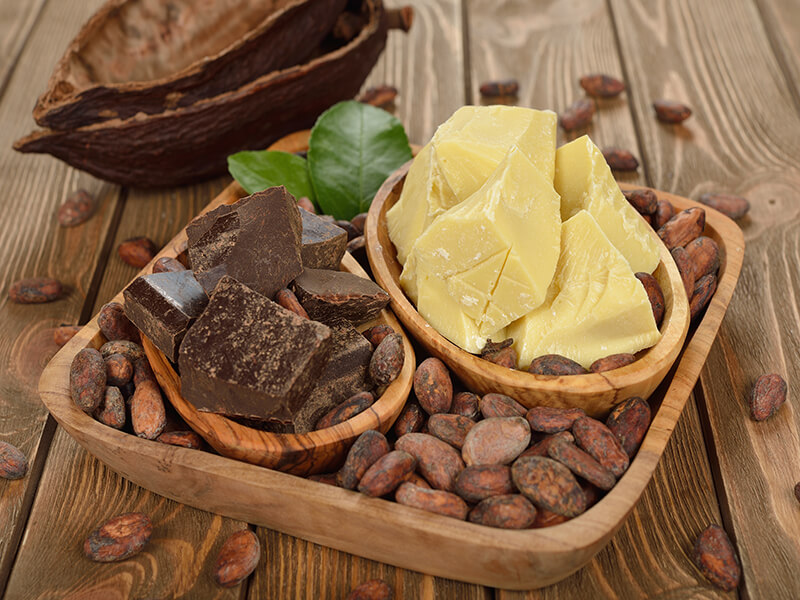
What a laborious, technical process! Which is what makes that bar of chocolate that much more luxurious and decadent. And we join in to appreciate and acknowledge this journey with our La Fete Chocolat!
